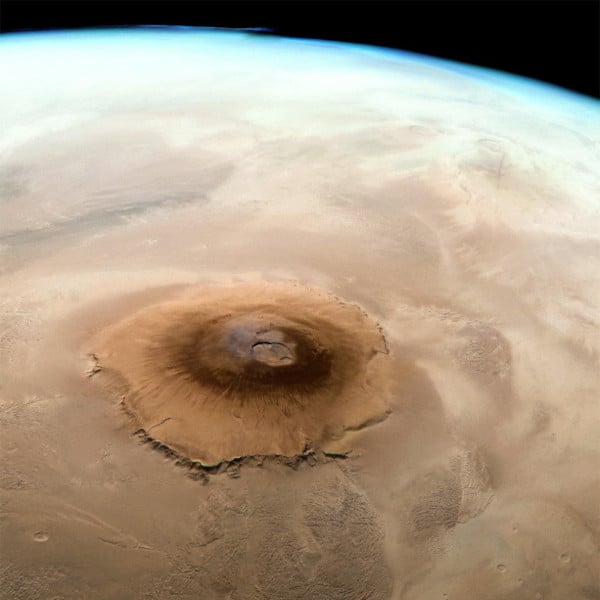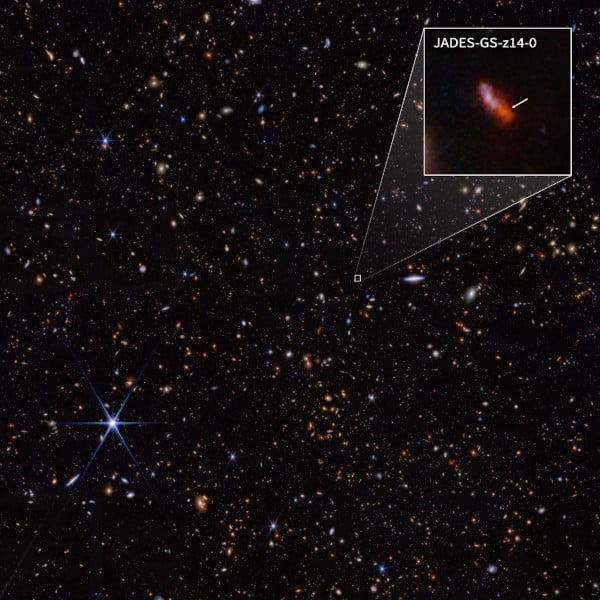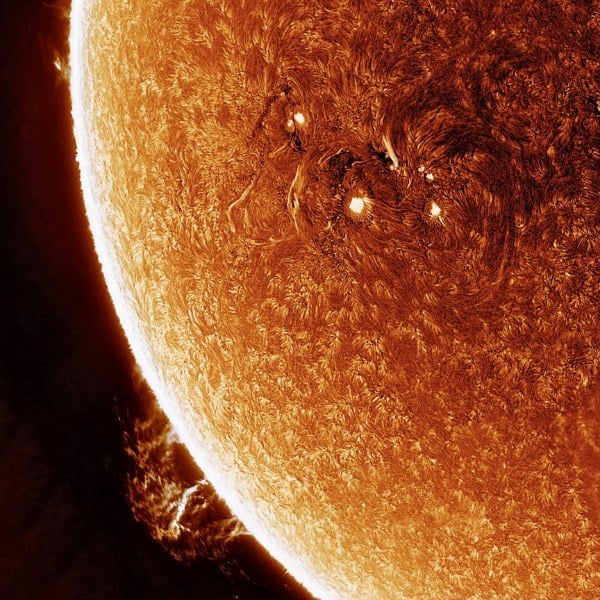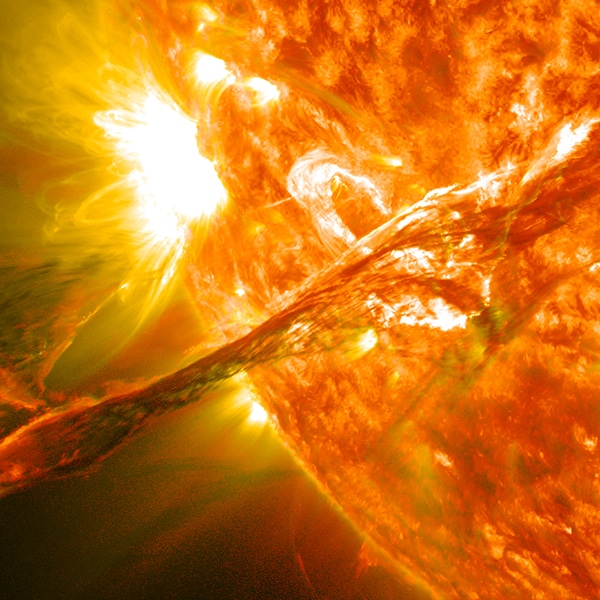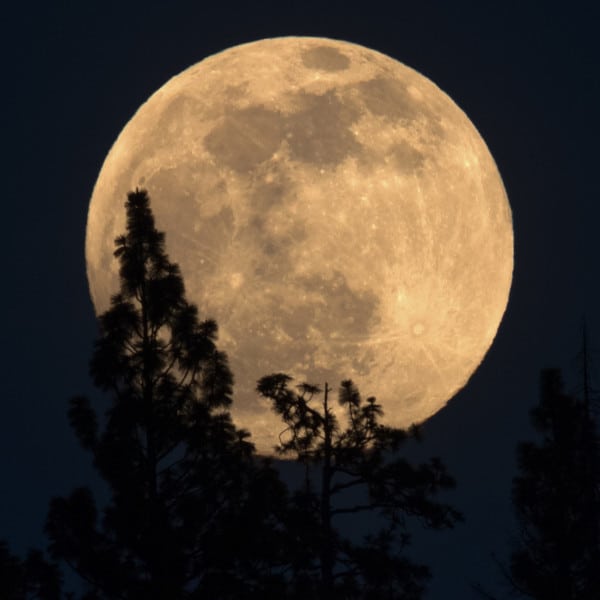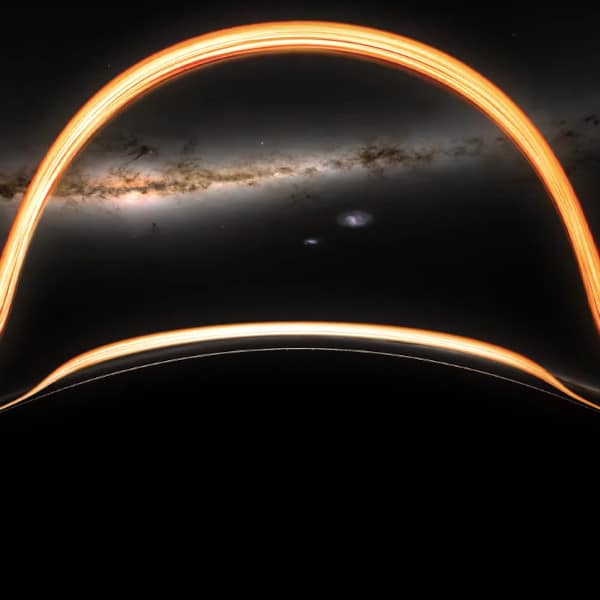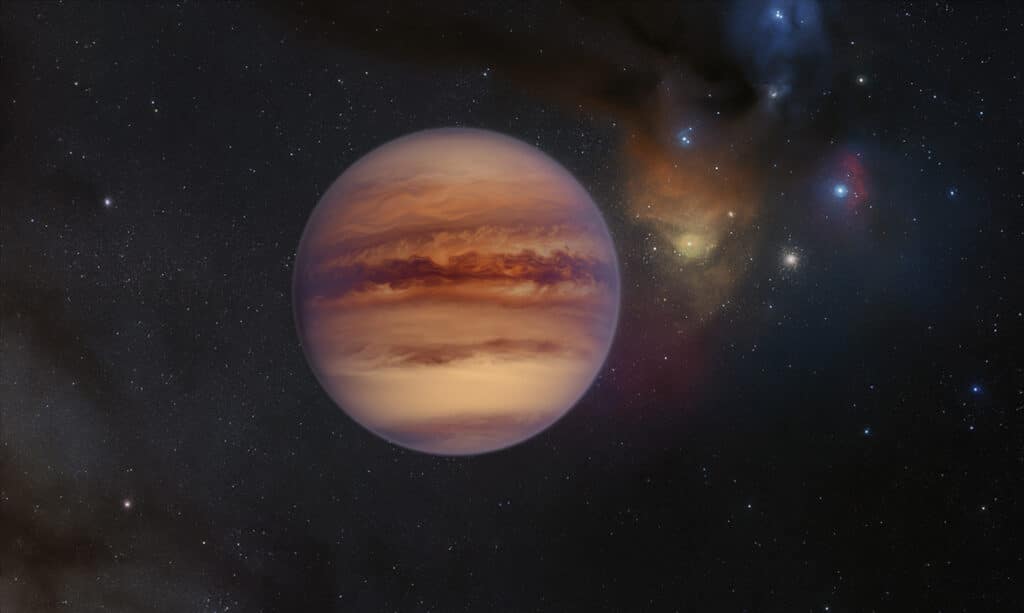
Photo: European Southern Observatory/M. Kornmesser/S. Guissard, (CC BY-NC-SA)
We usually think of planets in terms of solar systems; planets are pulled into orbit around stars like the Earth orbits the Sun. In recent years, scientists have begun to discover rogue planets that are essentially free floating in space. These planets are hard to find, but NASA's Transiting Exoplanet Survey Satellite (TESS) discovered one while searching for exoplanets in space.
Somehow, rogue planets managed to escape revolving around a much larger star. They may have orbited a star early in their existence, but were ejected; others may have formed outside of any planetary system at all. The first rogue planets identified were large, bigger than our solar system's biggest planet, Jupiter. Since then, rogue planets closer to Earth-size were discovered. In a joint study between NASA and Osaka University researchers, a surprising realization was made. Within the Milky Way, our home galaxy, rogue planets likely outnumber planets that orbit stars. They estimate rogue planets are six times more common in our galaxy.
Since these nomad planets are not close to any stars, they are small, cold, and dark. The best method of discovering rogue planets relies on an event called gravitational microlensing. Microlensing happens when a star or planet comes into close contact with an unrelated background star. The mass of the celestial body then warps space-time and bends light from the background star around the nearer object.
Microlensing events are very rare, but from TESS' data, researchers Michelle Kunimoto from MIT and William DeRocco from UC Santa Cruz discovered a rogue planet through a 107-minute-long microlensing event with the star TIC-107150013, which is 13 times bigger than our Sun. TIC-107150013 is over 10,000 light-years away from Earth, meaning the planet is even closer. They estimate that depending on exactly how far away from Earth the rogue planet is, it is anywhere from 10 times as big as the Earth to similar sized.
NASA’s Transiting Exoplanet Survey Satellite documented a rare gravitational microlensing event and identified a new rogue planet.
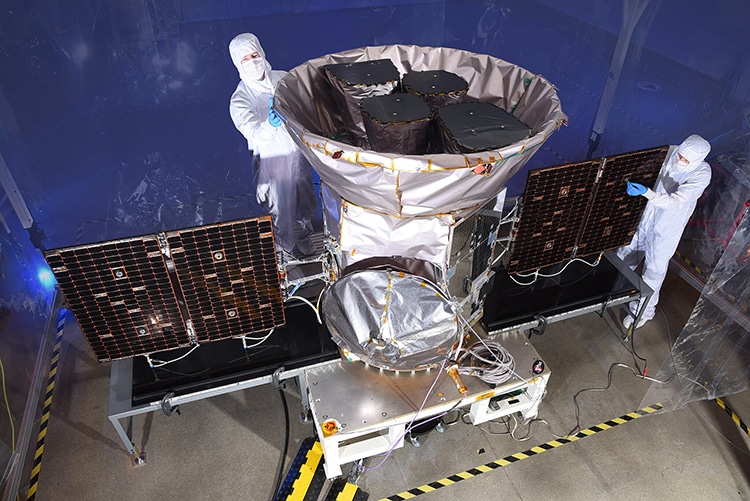
Photo: Orbital ATK / NASA, via Wikimedia Commons (Public Domain)
Learning more about rogue planets will help scientists better understand how planets form.
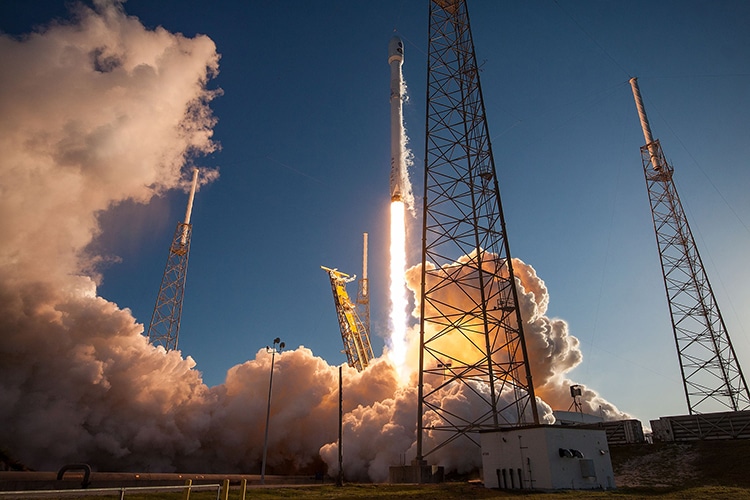
Photo: SpaceX, via Wikimedia Commons (CCO)
h/t: [IFLScience]
Related Articles:
NASA Discovers New “Scorching” Seven-Planet System Orbiting Distant Star
ESO Unveils Incredible Photo Revealing How Giant Planets Are Formed
Circular “Fluid Paintings” Mimic the Colorful Swirling Surfaces of Alien Planets











































































